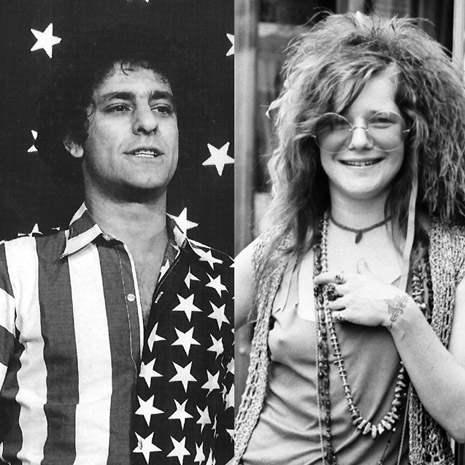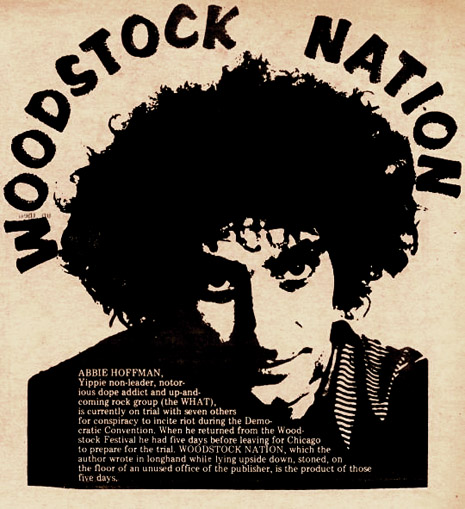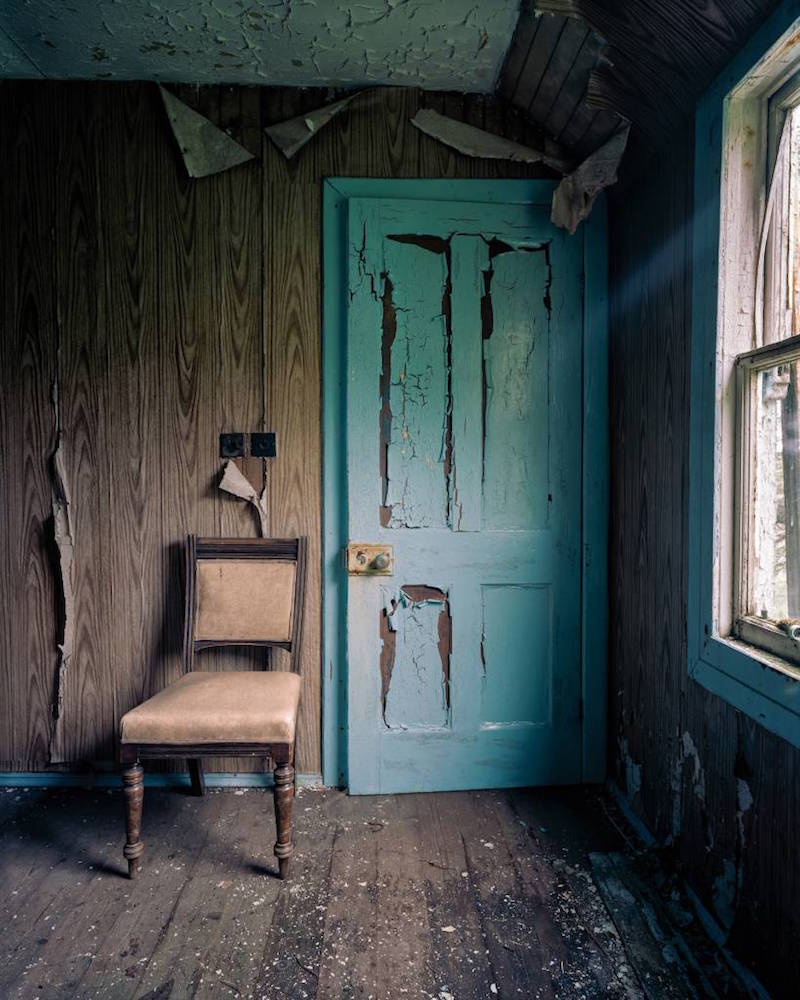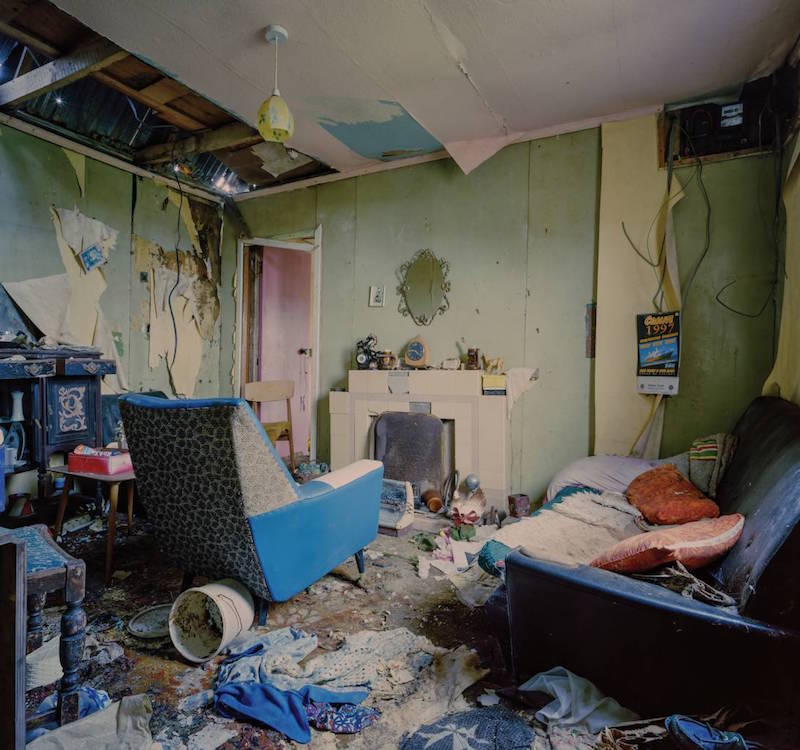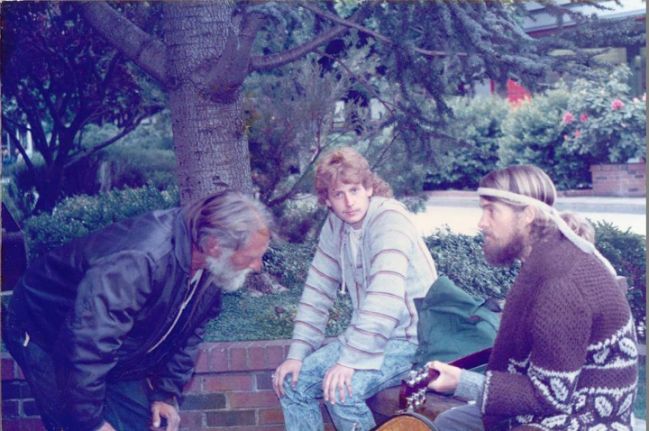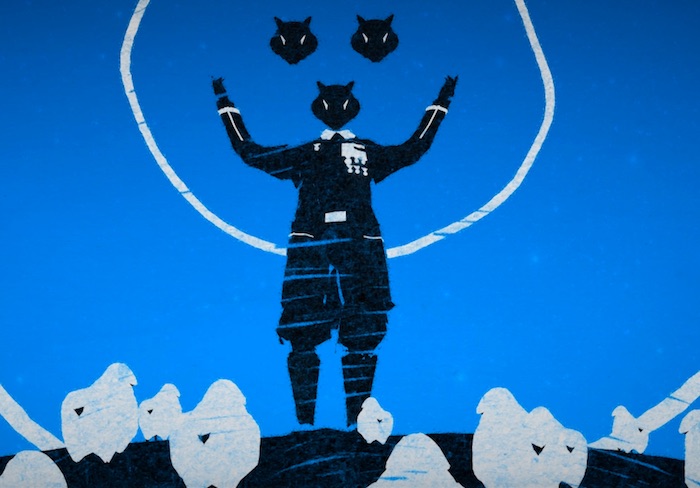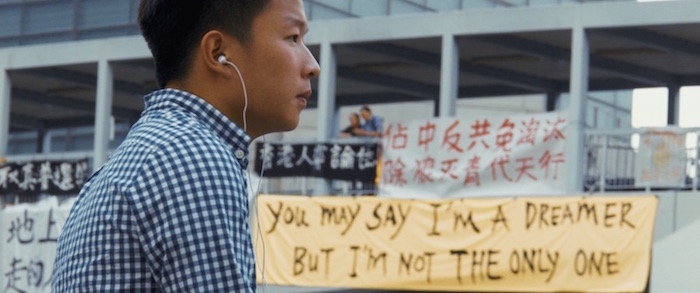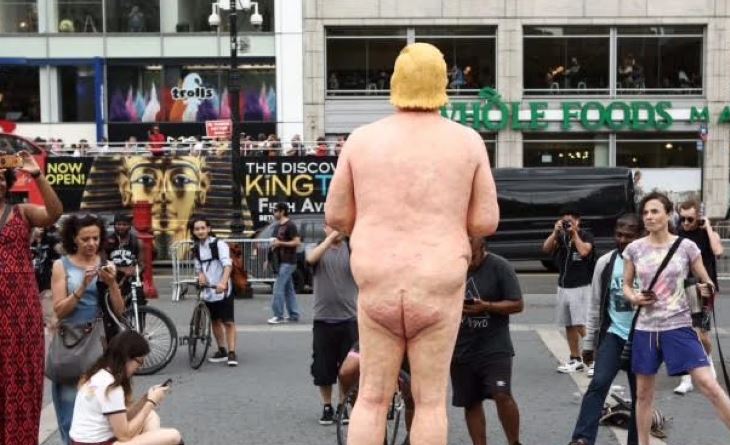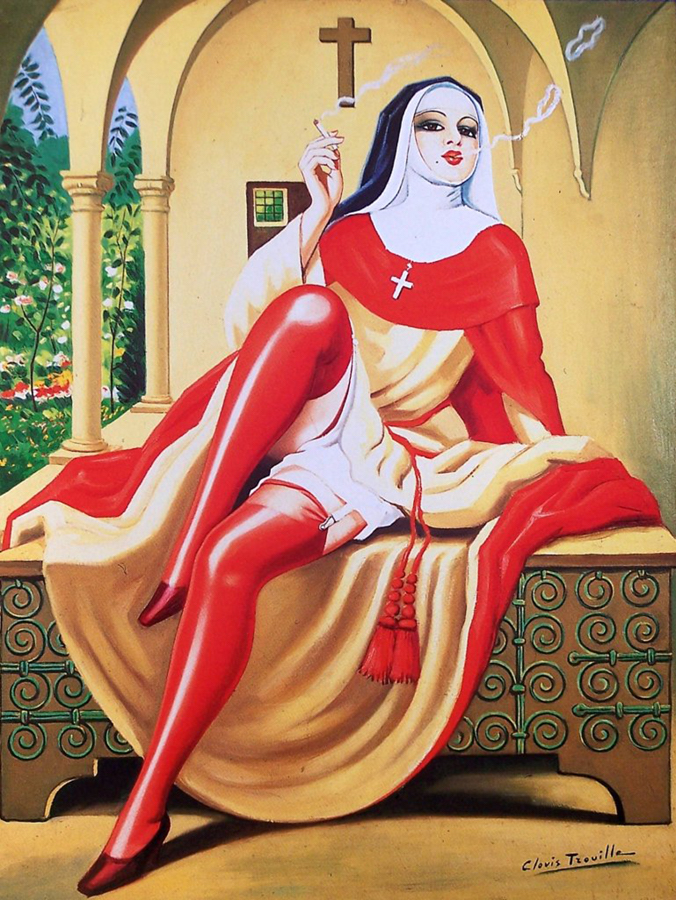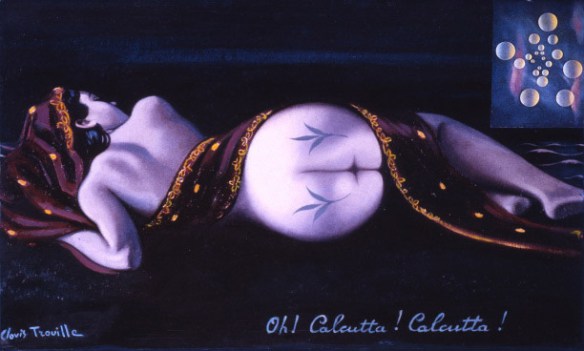
Paradise Garage
When I got to New York in 1977 it was to play on a Monday night with my band at CBGB. At the time, CBGB was becoming a magnet for bands from all over the world. But despite its growing rep as a music mecca, CBGB’s early days had the feel of a clubhouse for a very specific type of rock fan: A hang for rebels who loved rock distilled to its essence, poets who found their muse in the mayhem of loud amps and the thunder of drums and a handful of rock critics who desperately needed something fresh to wrap their heads around. Playing to a nearly empty house, my band saw CBGB in a less romantic light. It was a dump. But on those nights when The Ramones, Patti Smith, The Damned, X-Ray Spex, The Dead Boys etc. played, CBGB was the center of the rock and roll universe.
Whether playing CBGB or not I probably spent most nights in 77/78 either there or at Max’s. It was the last great era of rock and roll as far as I’m concerned. We’ll be talking about The Ramones, Talking Heads and Patti Smith long after grunge bands like Alice In Chains and Soundgarden are long forgotten (if they’re not already). As far as music of this new century goes, I’m not sure much of it will be remembered 20 years from now. I’m not hearing anything that really blows me away. I wish I did. Maybe it’s me. Maybe I’m just an old fuck living in the past. But that past, particularly the glorious whole of the New York Club scene of the 70s and early 80s, was pretty fucking wonderful. Seen from a passing satellite I can imagine Manhattan, Brooklyn and The Bronx looking like a giant throbbing meatpit glimmering with copious amounts of sweat and dripping with… (use your imagination).
Punk, rap, disco and Latin music were drifting in and out of each other and the barriers separating uptown from downtown were being shattered. Blondie, B-52s and DEVO were being played at Studio 54 and bands like Liquid Liquid, Bush Tetras and Konk were taking disco’s four-on-the-floor beat and putting some angsty urban edge into the mix. The bottom line is people were dancing everywhere, even in clubs where people had been too cool to get crazy. Leaning on the bar and striking hipster poses looked pretty square when hundreds of people were going mad on the dance floor to The Gun Club’s invocation to “explode to the call… move, move, sex beat, go…!”
My own circuit included Danceteria, Peppermint Lounge, Mudd Club, Club 57 and Hurrah’s where new wave, post-punk and ska bands played regularly and deejays like Mark Kamins, Anita Sarko and Dany Johnson kept the crowds in perpetual motion.The segue from live bands to vinyl was an art that was being mastered as the scene unfolded and the best deejays were being born on the spot.
At downtown clubs like The Paradise Garage and The Saint deejays Larry Levan and Alan Dodd spun dance floor filling beats for predominantly gay clienteles who embraced divas Loleatta Holloway, Donna Summer, Grace Jones and Sylvester as well as euro-disco and the very beginnings of house music. These were the test markets for new singles by new artists and the latest dance re-mixes. If a 12-inch extended dance mix worked at The Paradise Garage it would work anywhere. It wasn’t long before rock bands like The Clash and Blondie were hitting the studios to re-work their tracks into dance mixes. No one was listening to radio. We were all too busy nightclubbing.

Tim Lawrence’s epic new history of nightlife in the city that never sleeps, Life And Death On The New York Dance Floor, 1980-1983, captures everything I’ve been talking about and so much more. In its six hundred thrilling pages, Lawrence gives us a close-up view of a scene that lasted from 1980 to 1983 before AIDS blew out the lights on a party that felt like it would go on forever. San Francisco in the 1960s had hippies, free love and psychedelics. It was the place to go to shake off the straightjacket of religious repression and cultural oppression for a generation of young people. In the less sunny and distinctly more frightening New York of the seventies and eighties, young people also gathered but with fewer support systems in play and far more obstacles than the free-flowing Aquarian era. Still, we made our own new version of paradise. It was rough-edged and more cynical but it was alive with energy that made us all feel that the future was ours. If there’s anything that makes Lawrence’s book ultimately a sad one is how quickly it all ended and how random and bewildering that end was. The openness and freedom we were all feeling was suddenly thrown under the wheels of some demonic subway train that had come rumbling out of nowhere.
When AIDS descended on New York it was a quiet bomb that shattered our world. For me, it hit home when I got a call that a friend of mine was dying from this new mystifying disease. I put down the phone not knowing exactly what it all meant. What the fuck was going on? My friend who was dying was Klaus Nomi. I had known Klaus for several years and had encouraged him in the very early stages of his music career. I helped him pick out a guitar (blue Fender Jaguar) and taught him three chords, enough to get him started. Ironically, we ended up on the same record label. Klaus epitomized New York’s multi-faceted music scene by crossing every possible boundary and creating something modern and new. He was ahead of his time, both wonderful and tragic.
Life And Death On The New York Dance Floor, 1980-1983 is a remarkable achievement as history and as entertainment. A sequel to his Love Saves the Day: A History of American Dance Music Culture, 1970-1979, it’s a celebration and a eulogy of a New York that we may never see again. Dance floors and rock clubs have been replaced by chain stores and condos. The funky storefronts and theaters that housed music venues and discotheques are now homes to the rich and fabulous. No one dances anymore. Everyone is too busy making money to pay for their little bit of real estate that once was the breeding ground for artists, musicians and writers. Where bodegas, pizzerias, bakeries, dive bars and cheap ethnic restaurants once stood we now have Starbucks, The Gap and $100 sushi handrolls. Tim Lawrence’s book is a reminder that the heart and soul of any culture, any city, is in its art. From the great Times Square jazz clubs to the Boogie Down Bronx and CBGB on the Bowery, New York has always been one of the world’s great music centers. Once we lose touch with that magic we’re left with an island of commerce and concrete. We not only lose part of our soul we lose our collective identity. The value of cities are measured by their art. No one comes to New York because it has a better Starbucks or Chili’s. People flocked to Manhattan even in the worst of times because we had clubs, theaters and museums no one else had. People were willing to brave the Bowery because there was something magic going on in a dive bar that stank of beer and urine but seemed like heaven to fans of adventurous new music. CBGB’s heyday really only lasted a couple of years but those years were game changers for rock music and musicians. The good stuff is eternal.
In the past few days I’ve been in a state of shock and awe. Despondent to point of paralysis. This piece I’m writing now is helping me get a grip on myself. As I write it, I am remembering all the battles I’ve fought since I was 15 and marched on the Pentagon to protest the Vietnam War. I am remembering Nixon and Reagan and I’m also remembering that during every dark era the arts have flourished. As war raged and friends were drafted and killed, we saw a golden age of rock and roll emerge in the sixties. The Beatles, Fugs, Sly Stone, Jefferson Airplane all sang songs of peace and insurrection based on liberating our bodies and minds. The art scene of the ‘60s was a massive detonation of mind-expanding paintings, films and literature. In the 1970s, when New York was dying and the government under Ford fucked us off, there seemed to be no light nowhere. But punk rock reared its beautiful spiky head like a pus-filled boil bursting and expelling the poisons that had been building in a city and citizenry under siege. We didn’t run, we didn’t hide. We partied! Dance floors exploded with free spirits moving, grinding, slithering to beats that were sexy, tantric, primal and emancipating. The songs were anthemic invocations to stand up against the machinations of death and doom. Gloria Gaynor led the charge with lyrics that were a call out to each and every one of us to not despair, to not lose hope and to survive!
Do you think I’d crumble
Did you think I’d lay down and die?
Oh no, not I, I will survive
Oh, as long as I know how to love, I know I’ll stay alive
I’ve got all my life to live
And I’ve got all my love to give and I’ll survive
I will survive
So as we face this very uncertain time it’s important to not crumble to not lose your anger. For me, my anger right now is what clarifies who I am and what I believe in. This is not a time to go soft and get warm and fuzzy and talk about healing. Keep your anger close. Consider it an ally. But be precise and informed when you use it. In the meantime, this is the perfect time to find avenues to articulate and express your feelings without risking your freedom and safety. Nixon once quoted the old proverb “when the going gets tough, the tough get going.” Fuck him. I have a different angle: “when the going gets tough, the tough get down.” Let’s dance this mess around!

Dany Johnson
Here’s a mix to get down to. It’s based on a set list from Dany Johnson who was the house DJ at Club 57 circa 1980. Get happy, get healthy and get ready. We have work to do.
Blondie – I KNOW BUT I DON’T KNOW
Joe Cuba Sextet – BANG BANG
Delta 5 – MIND YOUR OWN BUSINESS
Bootsy’s Rubber Band – BOOTZILLA
Talking Heads – WARNING SIGN
Lynn Collins – ROCK ME AGAIN….
Pylon – GRAVITY
The Cramps – I’M CRAMPED
Spoonie Gee – MONSTER JAM
B52s – DANCE THIS MESS AROUND
Frankie Smith – DOUBLE DUTCH BUS
Marie and Les Garcons – RE-BOP
Fatback Band – KING TIM III
Lulu – THE BOAT I ROW
Bush Tetras – TOO MANY CREEPS
Update: New York City dance club visionary DJ David Mancuso who hosted groundbreaking Love Saves The Day dance parties and opened The Loft on Lower Broadway in 1970 died yesterday (Nov.14). He was 72. He created an inclusive club scene where everybody felt at home and set the tone for virtually every dance club that followed in his wake.
